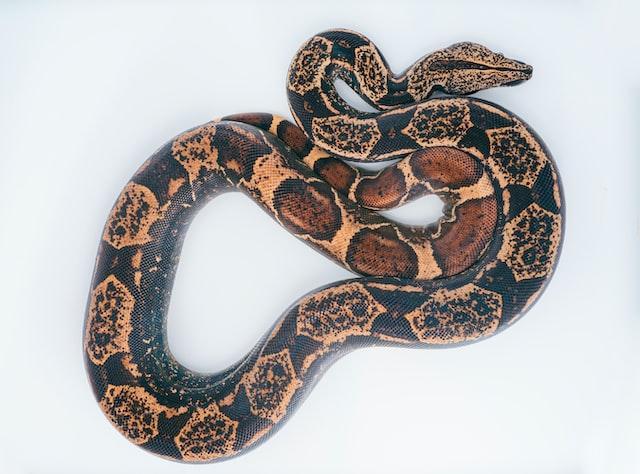Many people are afraid of snakes—and that’s probably not such a bad thing because they can be pretty dangerous, depending on which kind you encounter. However, like most other dangerous creatures in the animal kingdom, snakes are also just as fascinating. That’s why huge snakes like the Anacondas have become so ingrained in human culture for millennia, right down to the movies and pop culture of today.
With this in mind, we’ve collected some of the most interesting fun facts about snakes—we hope these will spark your curiosity about our favorite slithering reptiles!
There Are So Many Of Them
Almost every animal species on Earth has one thing in common—they’re a lot more diverse than the average person knows. But while there are many families of elephants, monkeys, or even other reptiles, snake species take the cake when it comes to numbers.
According to the generally accepted counts, our planet is home to around 3,800 snake species! It’s a stunning number, putting them right after lizards in terms of the biggest reptilian groups. These species are further divided into 30 large families, themselves divided into countless subfamilies.
Snakes Run On Solar
When we first learn about reptiles in school, they’re often called “cold-blooded” creatures. This term may be a bit confusing and could lead you to believe that literal cold blood runs through snakes’ bodies.
Naturally, that’s not the case; in reality, they’re ectothermic—yep, it’s a mouthful and probably the reason why the term didn’t catch on as readily as “cold-blooded.” This (more accurate) term tells us that reptilian bodily temperatures aren’t internally regulated like ours; they vary much more, and external sources regulate them rather than their bodies.
So, snakes and other reptiles need heat sources to maintain their body temperature—primarily the sun.
They Don’t Always Hatch From Eggs
One of the things we also learn about snakes in school is that they differ from other mammals and us in one crucial way—they hatch from eggs. However, that’s just an approximation we use to make the distinctions between mammals and reptiles more approachable and easier to categorize.
In practice, only around two-thirds of snake species lay eggs. The others, like the snakes who thrive in colder climates, don’t; their eggs would never survive such harsh conditions. Anacondas are also on this list, along with boas, vipers, and most types of sea and water snakes. Yes, as crazy as it sounds, those snakes actually give birth.
They’re Lidless
Have you ever thought about what makes snakes so scary and unsettling when you look at one up close? Sure, the fact that they might bite and poison you contributes to this; but it’s also about the fact that snakes’ eyes are lidless! That’s right, even though you probably haven’t noticed it before, snakes don’t blink or have eyelids!
Instead, their eyes are covered with an extremely thin protective membrane called a “brille.” And yes, that also means snakes sleep with their eyes open; a particularly terrifying thought.
Their Tongues Can Smell
The snake’s nostrils are one of its most distinctive features. However, did you know they don’t actually use them for their sense of smell? Yep, snakes actually smell through their tongues; wrap your head around that! Apart from their tongues, they also have a secondary sense of smell in a part of their mouth called Jacobson’s organ. That’s why some people say that snakes “smell in stereo” and have a particularly acute sense of smell, even by the standards of the animal kingdom.
For example, snakes’ multiple smell receptors help them catch onto details we’d never be able to sense — like varying levels of chemicals in the surrounding air.
They’re Quick Eaters
Snakes don’t chew, but they’re pretty flexible—so they swallow their meals whole through stunningly adaptive lower jaws. You may have heard of snakes eating animals that are twice their size; well, this is how they do it. The snakes’ digestive tract has particularly potent chemicals that can break down larger animals once ingested.
Surprising Movements
When you try to picture a snake moving, you probably have one specific mental image; its S-like slide through tall grass. And sure, this is definitely the most common type of snake locomotion. It’s technically called lateral undulation—but it’s not the only movement a snake can perform.
Depending on the type of snake, you may encounter a more forceful form of movement called concertina or the slide pushing they use to get away from smooth surfaces.
Be Careful!
Snakes are fun—but at the end of the day, it’s best to observe them in controlled conditions. Regardless of whether you know to distinguish venomous from non-venomous snakes, it’s best not to approach them in the wild. Even non-venomous snakes can be dangerous if they’re particularly large and feel threatened by your presence.






